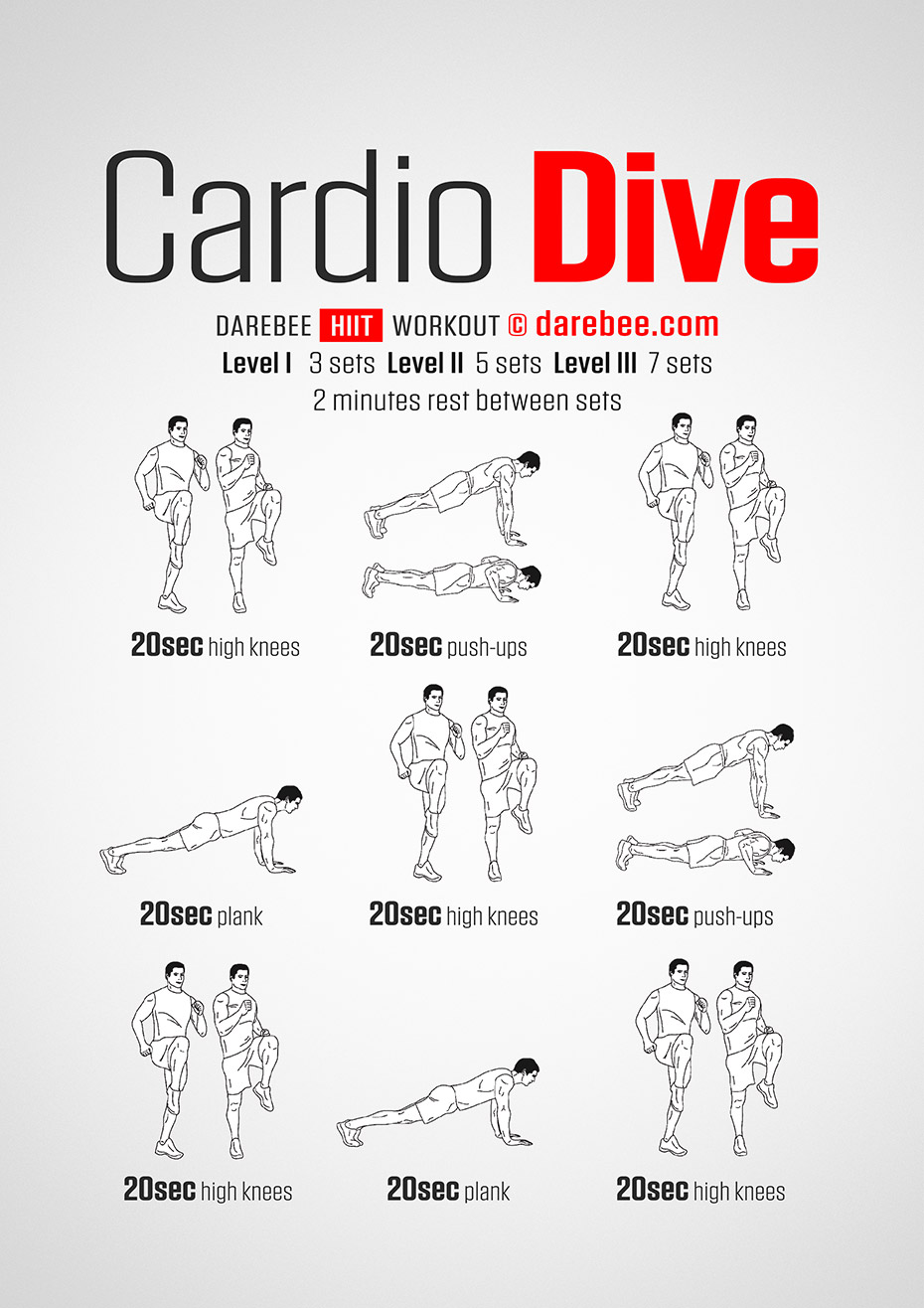
The Ultimate Diving Fitness Plan: Preparing Your Body for the Depths
Scuba diving is a thrilling and rewarding experience, allowing you to explore the underwater world and witness its breathtaking beauty. However, it’s a physically demanding activity that requires a certain level of fitness to ensure safety and enjoyment. A well-structured diving fitness plan is crucial, not only for enhancing your diving performance but also for mitigating the risks associated with underwater exploration. This comprehensive guide will outline a holistic approach to diving fitness, covering essential components and providing practical advice for divers of all levels.
Understanding the Physical Demands of Diving:
Before diving into a fitness plan, it’s important to understand the physical demands diving places on your body. These include:
-
Cardiovascular Endurance: Diving requires sustained exertion, particularly during entry and exit from the water, navigating currents, and managing equipment. A strong cardiovascular system is essential for maintaining oxygen levels and preventing fatigue.
-
Muscular Strength and Endurance: Controlling buoyancy, maneuvering equipment, and managing unexpected situations require significant upper and lower body strength. Endurance is equally crucial for prolonged dives.
-
Flexibility and Range of Motion: Proper body positioning and efficient movement underwater necessitate flexibility in the joints, particularly the shoulders, hips, and back. Limited flexibility can restrict movement and increase the risk of injury.
-
Respiratory Fitness: Diving involves controlled breathing, both above and below the water. Strong respiratory muscles are crucial for efficient gas exchange and managing breath-holding situations.
-
Balance and Coordination: Maintaining balance while wearing scuba gear and navigating underwater environments demands good coordination and proprioception (body awareness).
Designing Your Diving Fitness Plan:
A successful diving fitness plan should incorporate a balanced approach, addressing all the key physical demands outlined above. Here’s a structured plan encompassing different training elements:
1. Cardiovascular Training:
-
Aerobic Activities: Aim for at least 150 minutes of moderate-intensity aerobic exercise per week. Activities like swimming, running, cycling, or elliptical training are ideal choices. Swimming is particularly beneficial as it mimics the movements and respiratory demands of diving.
-
Interval Training: Incorporate interval training to improve your cardiovascular capacity and endurance. This involves alternating periods of high-intensity exercise with periods of rest or low-intensity exercise. For example, you could perform high-intensity swimming sprints followed by periods of gentle swimming.
-
Frequency: Aim for at least 3-4 cardiovascular training sessions per week.
2. Strength Training:
-
Focus on Compound Exercises: Prioritize compound exercises that work multiple muscle groups simultaneously, such as squats, deadlifts, lunges, push-ups, pull-ups, and rows. These exercises effectively build overall strength and endurance.
-
Isolation Exercises: Include isolation exercises to target specific muscle groups, addressing potential weaknesses. For example, bicep curls and triceps extensions can enhance arm strength, crucial for handling equipment.
-
Resistance Training: Utilize weights, resistance bands, or bodyweight exercises to challenge your muscles. Gradually increase the weight or resistance as you get stronger.
-
Frequency: Aim for 2-3 strength training sessions per week, allowing sufficient rest between sessions for muscle recovery.
3. Flexibility and Mobility Training:
-
Stretching: Incorporate regular stretching routines to improve flexibility and range of motion. Focus on dynamic stretches before workouts and static stretches after workouts. Target major muscle groups like the shoulders, back, hips, and legs.
-
Yoga and Pilates: Consider incorporating yoga or Pilates into your routine. These practices enhance flexibility, core strength, and body awareness, all essential for diving.
-
Frequency: Aim for at least 2-3 flexibility and mobility sessions per week.
4. Respiratory Training:
-
Diaphragmatic Breathing: Practice diaphragmatic breathing (belly breathing) to improve respiratory efficiency and lung capacity. This technique involves using your diaphragm to expand your lungs fully, maximizing oxygen intake.
-
Breath-Holding Exercises (with caution): Under the guidance of a qualified instructor, you can practice controlled breath-holding exercises to improve your tolerance for breath-holding situations that may arise during diving. Never attempt this alone and always prioritize safety.
-
Frequency: Incorporate diaphragmatic breathing exercises daily, and if undertaking breath-holding exercises, do so only under professional supervision.
5. Balance and Coordination Training:
-
Balance Exercises: Include exercises that challenge your balance, such as standing on one leg, performing squats on an unstable surface, or practicing Tai Chi.
-
Coordination Drills: Incorporate activities that enhance coordination, such as juggling, skipping rope, or practicing specific diving maneuvers in a controlled environment (e.g., pool).
-
Frequency: Aim for at least 2-3 balance and coordination sessions per week.
Specific Considerations for Divers:
-
Neutral Buoyancy Training: Practice achieving and maintaining neutral buoyancy in a pool to improve your body awareness and control in the water.
-
Equipment Familiarization: Spend time getting comfortable with your diving equipment, practicing assembling and disassembling it, and adjusting its settings.
-
Water Skills: Refine your water skills, including finning techniques, buoyancy control, and underwater navigation.
Nutrition and Hydration:
A healthy diet and adequate hydration are crucial for optimal performance and recovery. Consume a balanced diet rich in fruits, vegetables, lean protein, and complex carbohydrates. Stay hydrated by drinking plenty of water throughout the day, especially before, during, and after diving.
Rest and Recovery:
Allow sufficient time for rest and recovery between training sessions to prevent injury and promote muscle growth. Get adequate sleep, typically 7-9 hours per night.
Monitoring Progress:
Regularly monitor your progress by tracking your workouts, assessing your fitness levels, and noting any improvements in your diving performance. Adjust your training plan as needed to meet your individual needs and goals.
Seeking Professional Guidance:
Consult with a healthcare professional or certified fitness trainer before starting any new fitness program, particularly if you have any pre-existing health conditions. Consider working with a diving instructor or fitness professional specializing in diving fitness for personalized guidance and training.
By following a well-structured diving fitness plan and prioritizing safety, you can significantly enhance your diving experience, improve your performance, and minimize the risks associated with this exhilarating underwater adventure. Remember, consistent effort and dedication are key to achieving your fitness goals and enjoying the underwater world safely and confidently.



